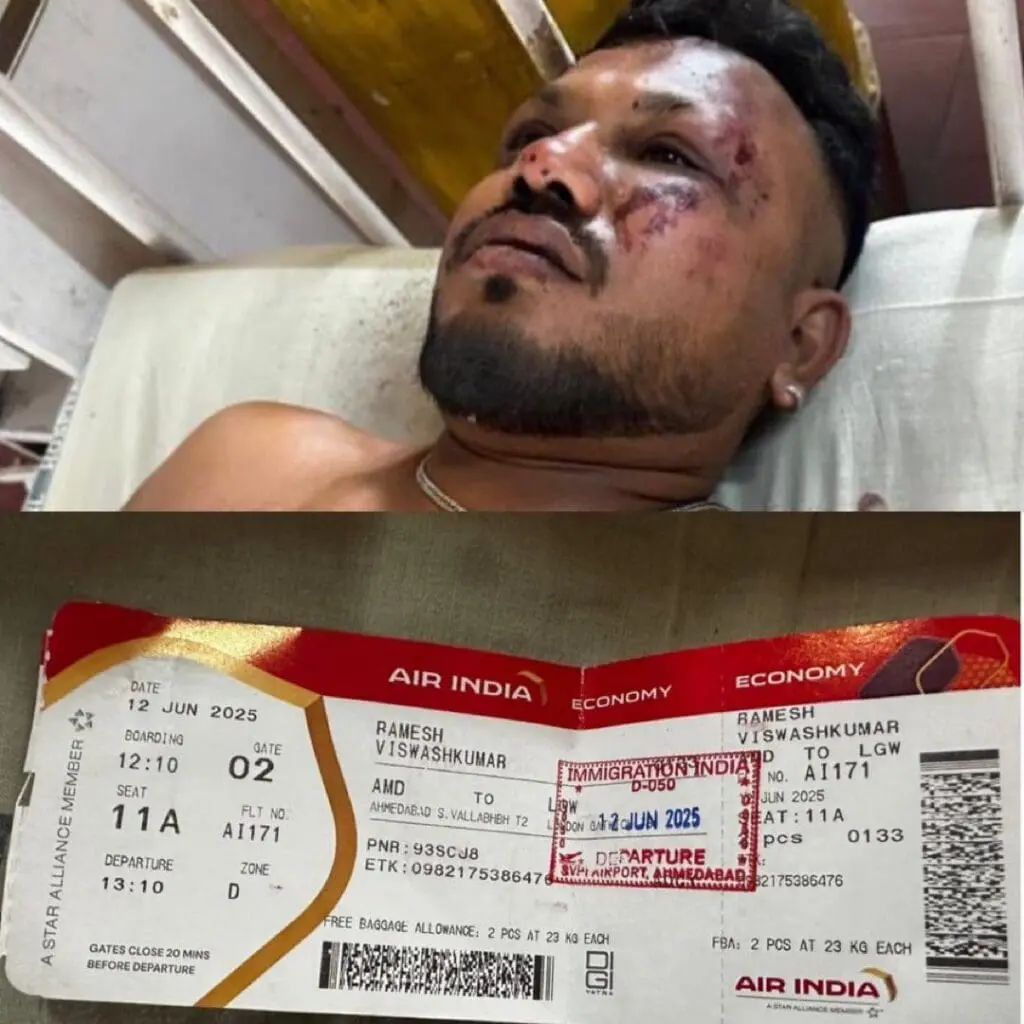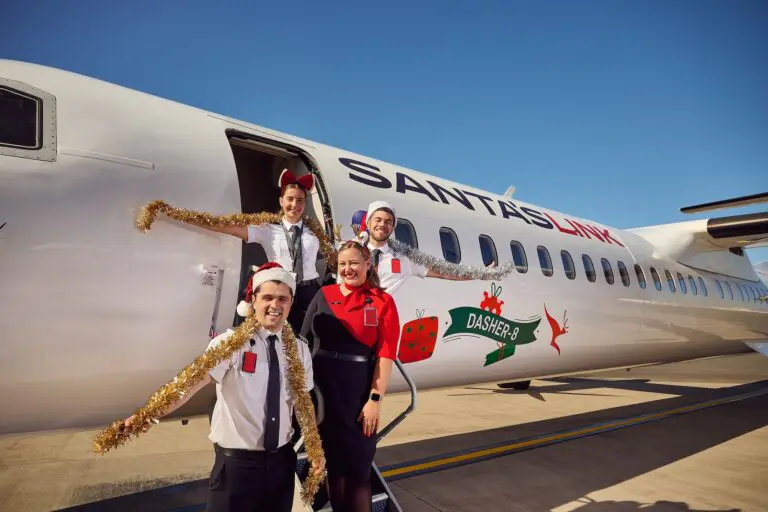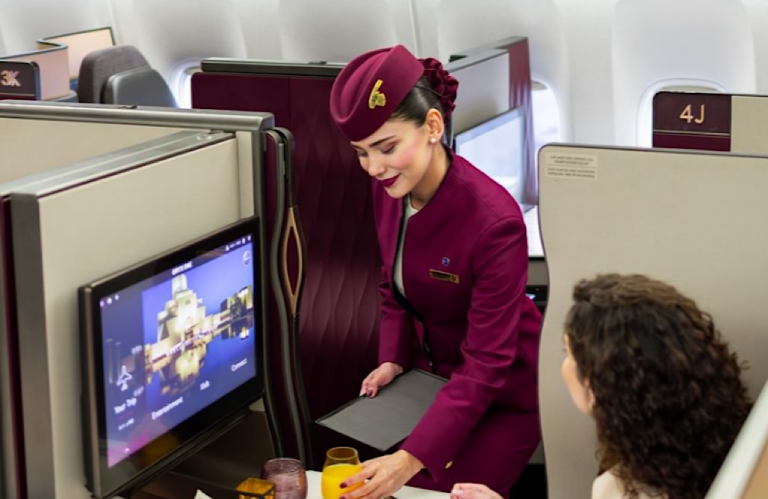A London-bound Air India flight has crashed shortly after take-off from Ahmedabad, India, killing more than 260 people, except for one lone survivor on board: a British national who miraculously managed to escape the wreckage. Here’s what we know so far.
Flight AI171 was en route to London Gatwick from Ahmedabad, the capital city of the northwestern state of Gujarat, when it crashed at 1:38 pm local time on the outskirts of the city.
Air India said 242 people were onboard the 12-year-old Boeing 787-8 Dreamliner, including two pilots and 10 cabin crew. Among those were 169 Indian nationals, 53 Britons, seven Portuguese people and one Canadian, according to the airline.
The plane crashed into a hostel housing medical students, doctors, and their families in the Meghani Nagar residential area, with at least 8 people on the ground reported as fatalities.
While it is not yet known what caused the accident, footage captured by mobile phone and circulating on social media showed the aircraft taking off, before descending back towards the ground and disappearing behind trees, where it burst into flames.
According to the Flightradar24 website, signal from the aircraft was lost seconds after takeoff when the plane had reached a height of 625ft.
The only confirmed survivor is a British man from Leicester, Vishwash Kumar Ramesh, who was seated in 11A (an exit row) and reportedly managed to jump from the aircraft after impact. He is currently receiving medical treatment and is in a stable condition.

The combined death toll makes it the world’s worst aviation disaster for more than a decade. It is also the first time a Boeing-built Dreamliner has crashed, according to the Aviation Safety Network database. The Dreamliner was first launched into commercial service in 2011 by All Nippon Airways (ANA) of Japan.
Local emergency services, the Indian Air Force, and disaster response units were quickly dispatched to the crash site. The Indian Directorate General of Civil Aviation (DGCA) has launched a formal investigation, with the recovery of the black boxes underway.
India’s home minister, Amit Shah, said the intense heat caused by burning jet fuel meant that there had been little chance for anyone who survived impact to escape. “There was 125,000 litres of fuel inside the plane and it caught heat so it was impossible to save anyone,” he said. “The final death toll would only be known after the DNA testing had been completed on the victims’ remains”, he said.
Immediately after news of the crash came to light, Air India CEO Campbell Wilson took to X to confirm the details and share his “deep sorrow” in a video message saying, “I know there are many questions, and at this stage, I will not be able to answer all of them.”
In another post on X, Air India said it “offers its deepest condolences to the families of the deceased. Our efforts now are focused entirely on the needs of all those affected, their families and loved ones. A team of caregivers from Air India is now in Ahmedabad to provide additional support.
“Air India is giving its full cooperation to the authorities investigating this incident. Air India has also set up a dedicated passenger hotline number 1800 5691 444 to provide more information. Those calling from outside India can call on +91 8062779200.”
Tata Group, the parent company of Air India, said it would provide 10 million rupees (AU$180,000) to the families of those killed in the crash. The company said it would also cover the medical costs of those injured and provide support in the “building up” of the medical college hit by the plane.
Aircraft manufacturer Boeing also issued a brief statement, saying, “Boeing will defer to India’s Aircraft Accident Investigation Bureau (AAIB) to provide information about Air India Flight 171, in adherence with the United Nations International Civil Aviation Organization protocol known as Annex 13.”
Air India operates non-stop flights from both Sydney and Melbourne to India, making it a popular full-service choice for Australians travelling to India, especially within the Indian-Australian community and among those visiting friends and relatives (VFR).
In addition to these direct services, the airline also maintains codeshare agreements giving it a broader presence in multi-leg bookings between Australia, India, and the UK.
In February of this year, Air India and Virgin Australia launched a codeshare partnership to facilitate easier travel between India and Australia. Under the unilateral partnership, Virgin Australia carries its VA code on Air India-operated flights, enabling seamless connections from Melbourne and Sydney to Delhi and beyond within India.
In March, Air New Zealand and Air India also signed a new codeshare agreement to enhance connectivity for passengers travelling between India and New Zealand, as well as beyond.
However, earlier this year, Air India scaled back its year-round Melbourne-Mumbai route just 16 months after launching the service.






